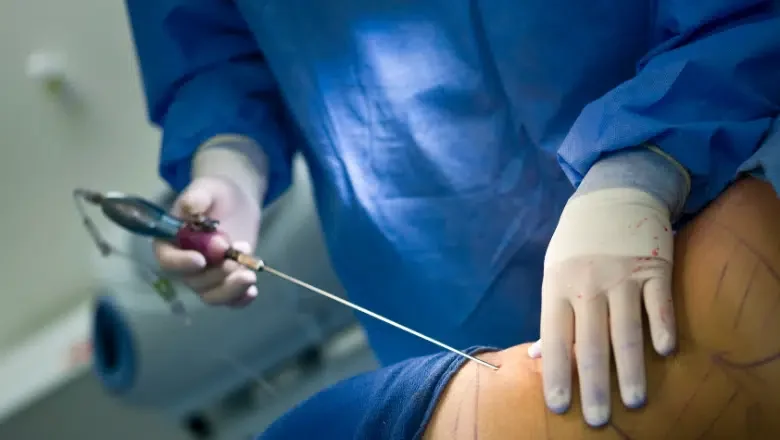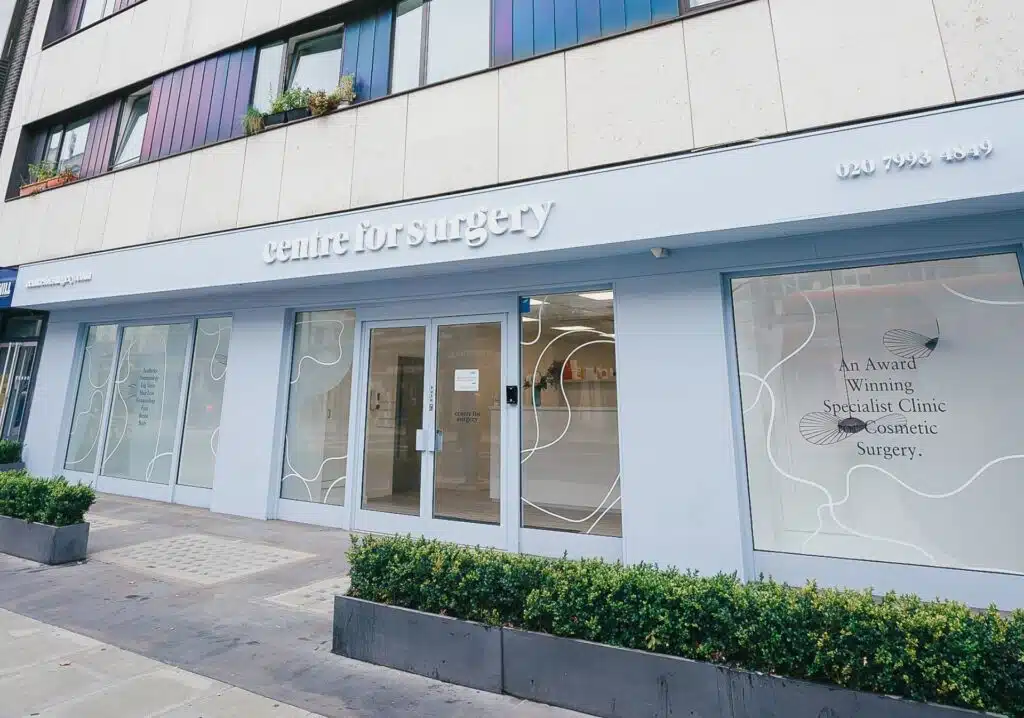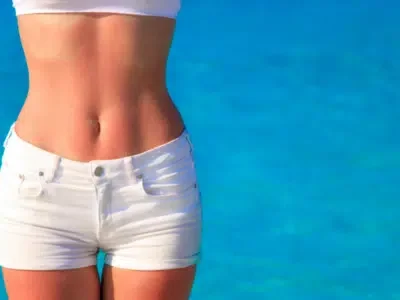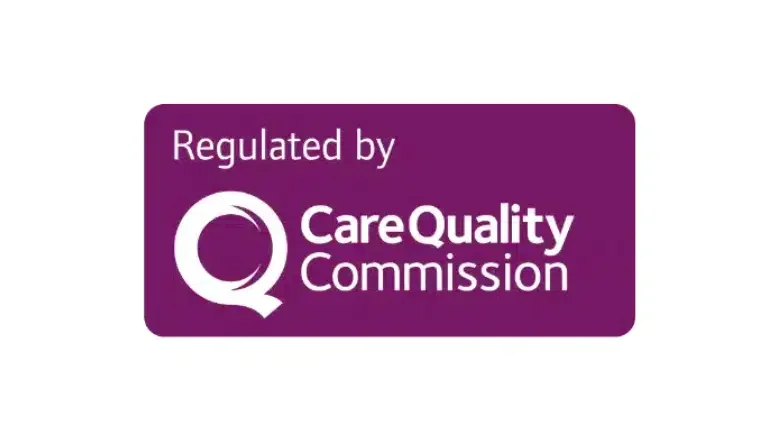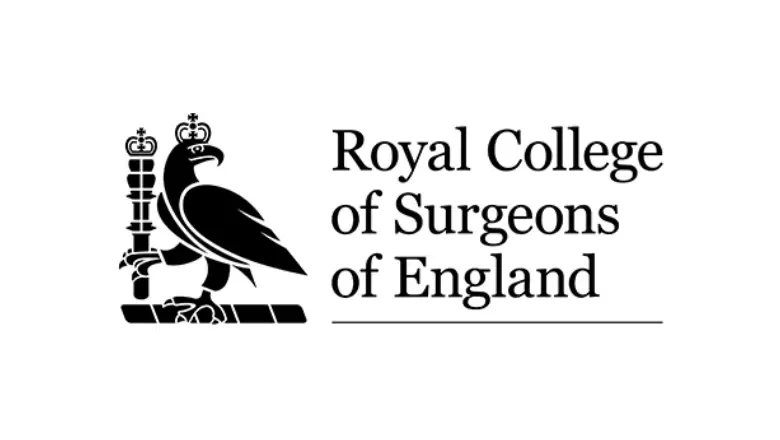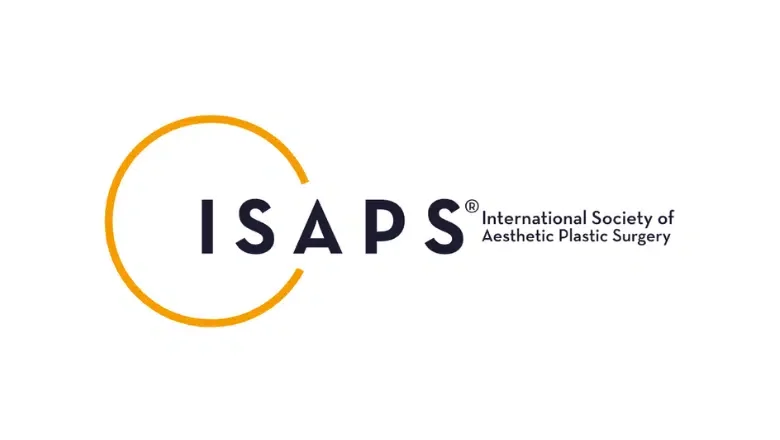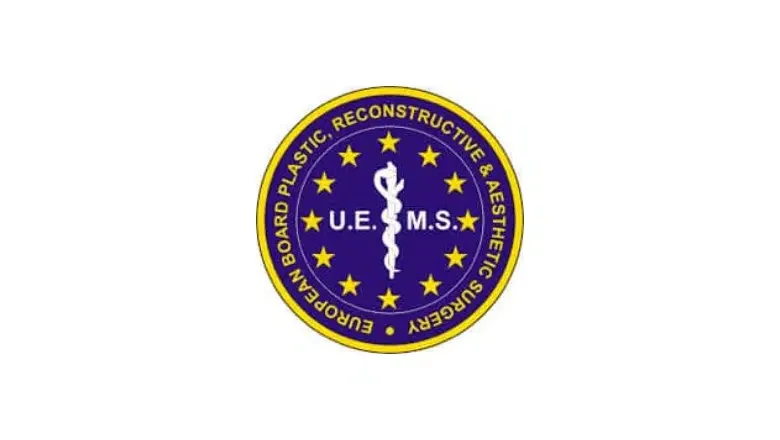We’re thrilled about your upcoming liposuction surgery and honoured to be part of your journey. Our goal is to provide you with comprehensive guidance and instructions, ensuring you’re well-prepared for a successful liposuction experience.
At Centre for Surgery, preparing for liposuction involves a commitment to adhere to specific pre- and post-operative guidelines. These steps are crucial for achieving the best results. Remember, plastic surgery is more than just a procedure; it’s a journey that requires careful steps to ensure it’s enjoyable, safe, and ultimately rewarding. Therefore, it’s vital to attentively read through and follow the instructions outlined in this article to optimise your preparation for the surgery.
One of the trickiest aspects of surgeries is ensuring patients remember and adhere to the instructions. Ideally, we’d love to guide each patient to follow every step personally. Our attempts have been varied, including videos, articles, emails, printed instructions, and even using a bit of scare tactics – warning patients about the surgeon’s disappointment if instructions aren’t followed. It’s common to hear patients nervously say, “Don’t be mad at me, doctor, but I..”
This emphasises the importance of this article. Many overlook the significance of post-operative care until it’s too late and complications arise. We aim to eliminate such risks by providing clear, thorough guidance, enabling every patient to follow instructions seamlessly and achieve excellent results. Your adherence to these guidelines is essential for a smooth and successful liposuction experience.
One Week Pre-Surgery: Final Preparations for Liposuction
As your liposuction surgery approaches, the final week is crucial for last-minute preparations and ensuring you’re in the best health for the procedure. Here’s what you need to focus on during this period:
- Health Status Update: Inform us immediately if you experience any health changes, such as a cough, fever, illness, or skin changes/infections. It’s crucial to report these symptoms, as they could affect your surgery.
- Avoid Self-Medicating: If you feel unwell or have a cough, please refrain from taking over-the-counter medications without consulting us first. Some medications might interfere with the surgery or recovery process.
-
Prepare Your Essentials:
- Medications: Collect any medications prescribed for your post-surgery recovery. Do not delay in obtaining these, as they are an essential part of your recovery process.
- Special Soap: Purchase Hibiscrub from a pharmacy. This soap is usually available in most reputable UK pharmacies, identifiable by its white bottle. Hibiscrub is recommended for pre-surgical cleansing to reduce the risk of infections.
- Compression Stockings: Buy compression stockings that extend above the knee. Thigh-high stockings are preferable as they stay in place better during recovery. Ensure they are not overly tight to facilitate easy removal and to avoid circulation problems. These stockings are vital for maintaining good blood circulation and preventing blood clots post-surgery.
Two Days Pre-Surgery: Body Cleansing for Liposuction
With just two days left until your liposuction surgery, it’s essential to thoroughly cleanse your body to minimise the risk of infection. Here’s what you need to do:
Use Hibiscrub Soap
Start using the Hibiscrub soap you purchased for body cleansing. This antiseptic soap is specially designed to reduce bacterial load on the skin, which is crucial for preventing infections during and after surgery.
Thorough Washing Technique
When washing with Hibiscrub, ensure you cover all areas of your body, paying special attention to creases and folds. Focus on areas like in between and underneath your breasts, the belly button, and your back. These areas can often harbour more bacteria and debris.
Duration and Attention to Detail
Keep the soap on your skin for approximately two minutes. This duration is crucial for the soap to effectively combat bacteria. Be sure to scrub thoroughly, especially in your belly button and on your back, where lint and debris tend to accumulate. Although your surgeon will clean these areas again during surgery, your efforts to reduce bacteria and remove debris are crucial.
Shaving and Cleansing Preparations
Two days before your liposuction surgery, it’s important to prepare the area around the surgery site. This involves both hair removal and using the recommended cleanser. Here’s how to go about it:
Hair Removal
Shave the area around the surgery site. It’s crucial to do this carefully to avoid any nicks or cuts, as even minor wounds can increase the risk of infection during surgery. Make sure you’re using a clean, sharp razor and take your time to minimise the risk of injury.
Timing of Shaving
By shaving two days before surgery, you allow any minor skin irritations or abrasions time to heal. Shaving on the day of surgery or the day before can leave the skin more vulnerable to infections.
Use of Hibiscrub Soap
After shaving, start using Hibiscrub soap to cleanse the shaved area as well as the rest of your body. This soap will help reduce any bacteria on the skin and is an important step in your pre-surgery preparations.
Diet and Food Considerations
As you approach the two-day mark before your liposuction surgery, it’s important to pay attention to your diet. Here’s what you need to know and do:
Opt for a Light Diet
For the two days leading up to your surgery, stick to a lighter diet. This means choosing meals that are easy to digest and not too heavy on your stomach.
Avoid Heavy or Greasy Foods
It’s advisable to stay away from heavy, greasy foods like burgers and fries. Such foods can cause bloating and discomfort, which is not ideal for your surgery.
Be Mindful of Constipation Risks
Post-surgery, some pain medications may cause constipation. Having a full stomach, coupled with the potential for constipation, can lead to discomfort and complications in your recovery process.
No Food After Midnight Before Surgery
This is a standard pre-operative instruction. After midnight, the night before your surgery, you should not eat anything. This is to ensure that your stomach is empty for the surgery, reducing the risk of complications such as aspiration during anaesthesia.
Preparations the Night Before Your Liposuction Surgery
The night before your liposuction surgery is a crucial time for final preparations. Adhering to these guidelines will help ensure your safety and the success of the surgery:
Fasting After Midnight
Do not eat or drink anything after midnight. This includes all forms of food and liquids, even water. Fasting is necessary to reduce the risk of complications such as aspiration during anaesthesia.
Taking Essential Medication
If you are taking essential medications, such as high blood pressure pills, you may take them with a small sip of water in the morning of your surgery. However, consult with your surgical team to confirm which medications you should take.
Avoid Chewing Gum or Mints
Refrain from chewing gum or consuming mints after midnight. Anything ingested orally could interfere with the fasting requirement.
Skip Applying Lotions, Deodorants, or Creams
Do not apply lotions, deodorants, creams, or similar products to your skin on the morning of your surgery. These substances can interfere with the surgical markings your surgeon will make just before the procedure. Clear skin is essential for accurate markings, which play a crucial role in the success of your surgery.
Guidelines for the Day of Your Liposuction Surgery
On the day of your liposuction surgery, it’s important to consider what to wear and what to leave behind. Here are the key guidelines for your surgery day:
Leave Valuables at Home
Avoid wearing any valuable jewellery or accessories to the surgery. This includes items like watches, rings, necklaces, and earrings. It’s best to leave these at home to prevent loss or damage.
Remove Contact Lenses
If you wear contact lenses, please switch to glasses for the day of your surgery. Contact lenses should not be worn during the procedure for safety reasons.
Choose Comfortable Clothing
Wear loose and comfortable clothing on the day of your surgery. Tight-fitting clothes like leggings or skinny jeans can be challenging to put on and remove, especially after surgery when your mobility might be limited.
Easy-to-Remove Outfit: Choose an outfit that is easy to put on and take off. This is particularly important post-surgery, as you may experience some discomfort or limited movement.
Consider Surgery-Specific Needs: Depending on the area of your liposuction, ensure the clothing you choose doesn’t put pressure on the surgical site. For example, if you’re having liposuction on your abdomen, choose pants or skirts with a loose waistband.
Post-Liposuction Surgery Care: Managing Initial Recovery
After your liposuction surgery, there are several important aspects of care and recovery to be aware of. Here’s what you can expect and how to manage the immediate post-surgery period:
Compression Garment
When you wake up from surgery, you will already be wearing a compression garment. This garment is an essential part of your recovery, as it helps reduce swelling and supports the treated areas.
Expect Some Drainage
It’s normal to experience some drainage from the liposuction incisions. This fluid is a mix of the numbing medication used during surgery and a small amount of blood. The feeling of dampness in your compression garment is due to this drainage.
Initial 24-Hour Period
The most significant drainage usually occurs in the first 24 hours post-surgery. It’s important to be prepared for this to manage it effectively:
-
- Use Towels: Have plenty of towels on hand to protect your bedding and furniture from the drainage. This will help prevent staining and keep your environment clean.
- Protect Your Car: If you’re travelling by car post-surgery, consider using plastic covers on the seats to protect them from any leakage.
- Volume of Fluid: The amount of fluid used during liposuction can be substantial, sometimes 3-4 litres. This contributes to the volume of initial drainage.
Plan for Recovery: Knowing about this aspect of recovery helps you prepare better. While it may seem daunting, remember that this drainage is a normal part of the healing process and typically reduces significantly after the first 24 to 48 hours.
Post-Operative Care After Liposuction Surgery
Recovering from liposuction surgery involves several key steps to ensure the best possible outcome. Here’s what you need to know and do during your recovery period:
-
Wearing the Compression Garment:
- Initial Sensation: Upon waking from surgery, you’ll be in a compression garment that might feel damp. This is due to fluids and numbing medication injected during the procedure, which can leak slightly from the incision sites.
- Duration of Leakage: The initial drainage, which is normal and expected, typically lasts for the first 24 hours. Be prepared with towels to protect your home furnishings and car interiors (using plastic covers for car seats is a good idea).
-
Importance of the Compression Garment:
- Duration of Use: It’s crucial to wear your compression garment continuously for six weeks. This garment plays a vital role in reducing swelling and fluid retention, helping to sculpt and maintain the new contours of your body.
- Proper Alignment: Ensure the garment remains straight and wrinkle-free, particularly around the waist, where it tends to bunch. Any creases or tight bands can adversely affect the shaping process, potentially leading to unwanted indentations or irregularities.
-
Use of Foam Pads:
- Placement and Duration: Foam pads will be placed inside your garment at the front and back, or in other areas where liposuction was performed. These pads are designed to keep your skin smooth and flat during the healing process.
- Wearing Schedule: You should wear these foam pads for at least the first two weeks post-surgery.
-
Monitoring and Adjustments:
- Regularly check for any irregularities or discomfort caused by the garment or foam pads. If you notice anything unusual or experience significant discomfort, contact your surgical team for guidance.
Guidelines for Wearing and Washing Your Compression Garment After Liposuction
Proper use and maintenance of your compression garment are crucial for optimal healing and shaping after liposuction. Here’s how to wear, adjust, and care for your garment:
-
Wearing the Garment:
- Smooth Fit: Ensure the garment is completely free of creases and fits smoothly against your body. Any wrinkles or folds can affect the contouring process.
- Regular Adjustments: If necessary, adjust the garment by shortening the straps or pulling down the legs to maintain a smooth fit. Setting an alarm as a reminder to check and adjust your garment can be helpful, especially if you have a busy schedule or tend to forget.
- Posture Considerations: If your job involves a lot of sitting, sit as straight as possible to avoid bending and creating dents, particularly in the abdominal area.
-
Washing the Garment:
- Limited Time Without Garment: Aim to be out of your garment for no more than 30 minutes at a time. This limited time frame is crucial for maintaining the garment’s shaping effects.
- Hand Washing Method: Quickly hand wash the garment using detergent, then put it in the dryer for 15-20 minutes. It’s important to get the garment back on as soon as possible.
- Buying a Second Garment: Consider purchasing a second garment for convenience. This allows you to alternate between them without extending the time you’re without compression.
-
Special Considerations for Inner Thigh Liposuction:
- Garment Fit: Make sure the garment extends up your leg adequately. Avoid any bulging of skin or fat through the openings in the garment, especially around the inner thigh area.
- Bathroom Accessibility: The garment typically has a hole to facilitate bathroom use without needing to remove it entirely. Be cautious not to let your skin protrude from this opening.
-
Managing Incision Sites:
- Avoiding Friction: If the garment or clothing rubs against the incision sites, carefully protect them with a piece of gauze. Friction or rubbing can impact scar formation and healing.
Guidelines for Physical Activity After Liposuction Surgery
Maintaining a balance between rest and gentle physical activity post-liposuction is crucial for your recovery and reducing the risk of complications such as blood clots. Here’s what you need to know about physical activity after your surgery:
-
Regular Light Movement:
- Frequency: Aim to walk around every other hour. This doesn’t have to be strenuous or for a long duration – simple activities like walking to the bathroom or kitchen, or just moving around the house, are sufficient.
- Duration: Continue this routine for approximately two weeks after surgery.
-
Avoid Prolonged Bed Rest:
- Importance of Movement: While it’s essential to rest and take it easy, lying in bed for extended periods can increase the risk of developing blood clots. Regular, light movement helps to promote blood circulation and prevent such complications.
-
Travel Considerations:
- Post-Surgery Flights: If you’re travelling back home by plane after your surgery, follow the same guideline: get up and walk around every other hour during the flight.
- Compression Stockings: Wear the compression stockings provided to you for a full week after your surgery. These stockings are particularly important during flights, as they help maintain good blood circulation and further reduce the risk of blood clots.
-
Listen to Your Body:
- Balance is Key: While movement is important, be mindful of your body’s limits. Do not engage in strenuous activities or exercise until your surgeon advises that it’s safe to do so.
Pain Management and Activity Guidelines After Liposuction Surgery
Post-liposuction recovery varies for each individual, but it’s crucial to follow certain guidelines regarding pain management and physical activity. Here’s what you should consider:
-
Pain Medication:
- Individual Experiences Vary: Many patients experience minimal pain after liposuction and may not require significant pain medication. However, pain thresholds and experiences differ, and it’s important to listen to your body.
- Use as Directed: If pain medication is prescribed, use it as directed by your surgeon. Do not hesitate to contact your surgical team if you have concerns about pain management.
-
Rest and Recovery:
- Immediate Post-Surgery Period: Despite feeling good, it’s essential to rest and not overexert yourself. Avoid activities like shopping or sightseeing immediately after surgery.
- Swelling and Comfort: Remember, you will likely experience swelling, and too much activity can exacerbate discomfort.
-
Gradual Increase in Physical Activity:
- First Two Weeks: Limit yourself to gentle walking. This is sufficient to promote circulation without stressing your body.
- Two to Four Weeks Post-Surgery: You can gradually increase activity, including walking uphill and engaging in light cardio.
- Four Weeks Onwards: Begin incorporating bodyweight exercises, but do so cautiously and listen to your body.
- Six Weeks Post-Surgery: The six-week mark is generally when you can resume normal exercise routines, but always seek approval from your surgeon before doing so.
-
Monitoring Your Recovery:
- Swelling and Discomfort: Pay attention to how your body responds to activity. If swelling increases or you feel uncomfortable, dial back your activity level.
- Follow-up Appointments: Keep all follow-up appointments with your surgeon to monitor your recovery and get personalised advice on physical activity.
Weightlifting, Diet, and Showering Guidelines After Liposuction Surgery
Post-liposuction care involves specific guidelines for activities like weightlifting, diet, and showering to ensure a smooth recovery. Here’s what you need to know:
-
Weightlifting and Physical Activity:
- Avoid Heavy Lifting: During your recovery period, refrain from heavy lifting or strenuous activities. These can raise your blood pressure, leading to increased swelling and potentially impacting your healing process.
-
Diet After Surgery:
- Start with Clear Liquids: Initially, you’ll begin with clear liquids to ensure your stomach can handle food without causing nausea.
- Gradual Progression: As you tolerate clear liquids, you can slowly return to your normal diet.
- Anti-Nausea Medication: Take any prescribed anti-nausea medication with food before taking other medications.
- Healthy Diet Recommendations: Stick to a balanced diet rich in antioxidants and protein, which supports healing. Begin with light foods like fruit juices and crackers, then gradually introduce more substantial foods.
- Avoid Fatty Foods: After liposuction, it’s best to avoid fast food and high-fat foods. Since a significant amount of fat is removed during the procedure, it’s important to maintain a healthy diet to support your new body shape.
-
Showering Post-Surgery:
- Wait Two Days: Wait two days after surgery before showering to allow the incisions to begin healing.
- Removing the Compression Garment: Remove your compression garment before showering. Be cautious, as you may feel lightheaded due to the sudden change in pressure when the garment is removed.
-
Showering Precautions:
- Let water run over your body without directly scrubbing the incisions.
- Incisions may have small tapes over them – gently pat them dry, and if necessary, use a blow dryer on a cool setting to dry the area.
- Assistance Required: Do not shower or go to the bathroom alone during the initial recovery period. Have someone assist you to prevent falls or in case you feel lightheaded.
-
Bathroom Use and Garment Care:
- Garment with Convenience Hole: The compression garment features a hole for bathroom use, eliminating the need for frequent removal.
- Washing the Garment: Hand wash the garment and use a dryer to ensure it’s not off your body for more than 30 minutes.
Guidance on Managing Sutures After Liposuction Surgery
Post-liposuction, the management of your sutures is an important aspect of the healing process. Here’s what you need to know:
-
Type of Sutures:
- Dissolvable Sutures: The small incisions made during liposuction are typically closed with dissolvable sutures. These are designed to dissolve on their own over time, eliminating the need for removal.
-
Monitoring Suture Dissolution:
- Assessment Timeline: Generally, we recommend evaluating the sutures around two weeks after surgery to see if they have dissolved adequately.
- Clinic Removal if Necessary: If the sutures have not dissolved by this time, they can be removed at the clinic.
-
Options for Non-Local Patients:
- Local Healthcare Providers: If you’re not based in London, you can visit a local general practitioner (GP) or practice nurse for suture removal.
- Flexibility with Dissolvable Sutures: Dissolvable sutures offer some flexibility. If a small piece remains, it’s typically not a concern, as the suture material is designed to be absorbed by the body over time.
-
Importance of Incision Care:
- Maintaining Incision Sites: Although the sutures are small, it’s crucial to take good care of your incision sites post-surgery to prevent infection and promote proper healing.
-
Seeking Medical Advice if Needed:
- Consult Your Surgical Team: If you have any concerns about your sutures or the healing of your incision sites, don’t hesitate to contact your surgical team.
Scar Treatment and Care After Plastic Surgery
Effective scar management is a vital component of your post-surgery care. Here are some guidelines for treating and caring for scars after your surgery:
-
Start of Scar Treatment Regimen:
- Timing: Begin your scar treatment regimen approximately two to three weeks after your surgery, as advised by your surgeon. This allows enough time for the initial healing of the incision sites.
-
Protecting the Incisions:
- Avoid Rubbing and Friction: Protect the incision areas from being rubbed by clothing or other objects to prevent irritation and the formation of dark scars.
- Use of Gauze: If you feel any friction on the incision sites, place a clean piece of gauze over them to provide a protective barrier. The gauze should keep the area clean and dry.
-
Avoiding Trapped Moisture:
- No Plasters or Moisture-Trapping Covers: Avoid covering the incisions with plasters or any material that could trap moisture, as this can impede the healing process.
-
Patience with Scar Healing:
- Natural Healing Process: Scars can take up to two years to fully fade. It’s essential to be patient and allow your body to heal naturally.
- Avoid Unapproved Treatments: Do not apply any creams or treatments on the scars without your surgeon’s approval. Using inappropriate products can disrupt the healing process or worsen the scarring.
-
Consultation with Your Surgeon:
- Seek Advice for Scar Care: Always consult with your surgeon before starting any scar treatment or if you have concerns about how your scars are healing.
Understanding Swelling, Redness, and Bruising After Liposuction Surgery
Post-liposuction, experiencing swelling, redness, and bruising is a normal part of the recovery process. Here’s what you need to know:
-
Swelling After Surgery:
- Duration: Swelling is common for several months following liposuction. It typically peaks around the third day and then gradually subsides.
- Reduction in Swelling: Around two weeks post-surgery, you should notice a significant decrease in swelling.
- Full Recovery: Complete normalisation of the body can take four to six months.
-
Skin Tightening Process:
- Patience Required: As the skin adjusts and tightens around the areas where fat has been removed, it takes time to see the final results. You may notice an initial change in your shape, but the final outcome will become more apparent over time.
-
When to Contact the Support Team:
- Urgent Symptoms: Report any severe symptoms immediately, such as a high fever, rapidly spreading redness around an incision site, difficulty breathing, or swelling in the calves. These symptoms can indicate potential complications.
- Normal Redness: A slight amount of redness is normal, but be aware of any changes. Redness that is spreading, hot, and tender to the touch requires prompt medical attention.
-
Bruising:
- Everyday Occurrence: Bruising is a common and expected outcome post-surgery. It will gradually fade as you heal.
-
Relax and Recover:
- Enjoy the Process: While recovery can be a lengthy process, it’s essential to relax and allow your body the time it needs to heal.
Maintaining a Positive Mindset Before and After Liposuction Surgery
Having a positive outlook is a crucial aspect of your liposuction surgery experience. Here are some tips to help you stay optimistic throughout the process:
-
Positive Expectations for Anaesthesia:
- Comfortable Experience: Modern anaesthesia techniques are designed to ensure your comfort. Many patients describe the experience as having had a restful, deep nap.
- Relaxing Recovery: The idea of waking up from surgery without any recollection of the procedure and feeling refreshed can be a comforting thought.
-
Creating a Supportive Environment:
- Surround Yourself with Positivity: Ensure that you are supported by positive people who understand your decision and support your journey.
- Calm and Relaxing Atmosphere: Try to create a calm and relaxing environment both before and after your surgery. This can help reduce stress and promote healing.
-
Embracing the Process:
- Self-Care: Remember that undergoing liposuction is a form of self-care. Embrace the decision you’ve made to enhance your appearance and health.
- Exciting Changes: Focus on the exciting changes and improvements that the surgery will bring. Anticipating the positive outcomes can be a great motivator.
-
Mental Well-Being:
- Stay Optimistic: Maintain a positive and optimistic mindset throughout the recovery process. Recovery can sometimes be challenging, but a positive outlook can significantly impact your overall experience.
-
Seek Support When Needed:
- Professional Advice: If you find yourself struggling with anxiety or negative thoughts, don’t hesitate to seek advice from your surgical team or a mental health professional.
Liposuction Surgery at Centre for Surgery
Transforming Lives with Expertise and Care
At Centre for Surgery, we specialise in providing state-of-the-art liposuction procedures, tailored to meet the unique needs of each patient. Our clinic, nestled in the heart of London, offers a blend of innovative techniques and compassionate care, ensuring an experience that is not just about enhancing appearance but also about nurturing confidence and wellbeing.
Patient Testimonials: Real Stories, Real Results
- Emma’s Journey: “My liposuction experience at Centre for Surgery was life-changing. The team was incredibly supportive, and the results were beyond my expectations. I now feel more confident and comfortable in my own skin.”
- James’s Transformation: “The professionalism and care I received were top-notch. The procedure was smoother than I expected, and the recovery guidance was extremely helpful. I’m thrilled with the outcome and the new lease on life it has given me.”
- Aisha’s New Beginning: “From the initial consultation to the final follow-up, the team at Centre for Surgery was outstanding. The difference in my appearance and self-esteem is remarkable. It’s the best decision I’ve ever made!”
Booking Your Consultation
Begin your transformation journey with us. To book a consultation and discuss your liposuction options, contact us at:
- 📞 Phone: 0207 993 4849
- 📧 Email: contact@centreforsurgery.com
Discover More About Us
For more information about our approach, team, and the exceptional care we provide, visit our About Us page.
Flexible Finance Options
We understand the importance of accessibility to quality care. Explore our finance options, including 0% APR with Chrysalis Finance, here.
Insights and Updates: Our Plastic Surgery Blog
Stay informed and get a deeper insight into liposuction and other procedures by visiting our Plastic Surgery Blog.
Answers to Your Questions: Clinic FAQs
Have questions? Find answers to frequently asked questions about cosmetic surgery at our Clinic FAQs page.
Visit Our Baker Street Clinic
Experience our dedicated care at: 95-97 Baker Street, London W1U 6RN. Learn more about our Baker Street clinic.
Centre for Surgery is committed to providing bespoke liposuction solutions with a focus on safety, care, and outstanding results. Join us in your journey to self-enhancement and discover the difference we can make.

